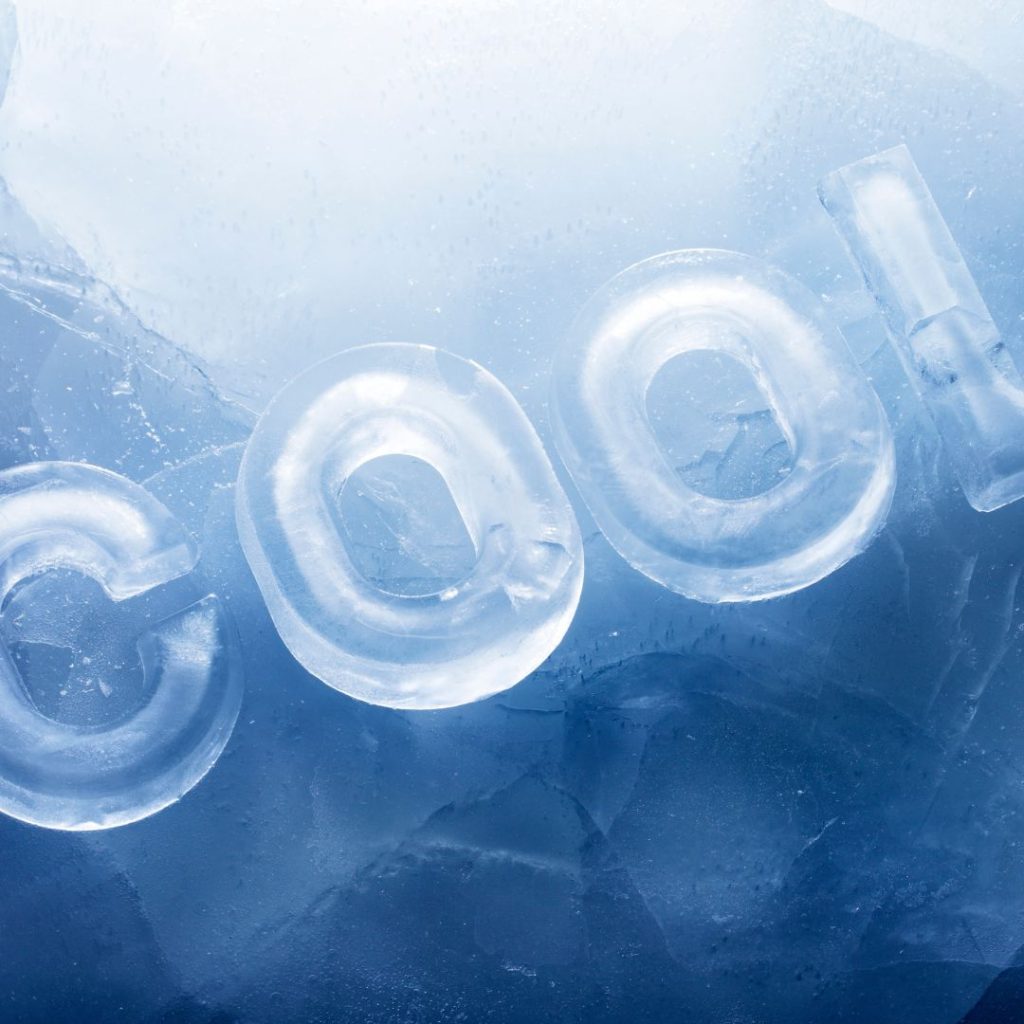District cooling - the climate-friendly alternative to air conditioning

In our latitudes, the number of hot days is increasing dramatically due to the climate crisis. As a result, the demand for cooling in this country is also rising sharply. Experts assume that cooling energy will be equivalent to heating energy in around twenty years' time. At the same time, however, we need to drastically reduce energy consumption. In densely built-up urban areas in particular, heat islands quickly form, causing hot days and nights. As a result, the need for air conditioning is also increasing rapidly. District cooling is an environmentally friendly, efficient and convenient solution. It works in a similar way to district heating and can make an important contribution in future to ensuring that summers in cities remain liveable.
The principle is similar to the district heating principle. Water is cooled decentrally in so-called district cooling centers - where waste heat is often used - or cool groundwater or stream water is used. The water, cooled to six degrees Celsius, is transported to the customers via an insulated pipeline system. The cold is then released into the customer's premises via their own cooling systems. These can be pipes in the walls or so-called fan coils, decentralized fan coils for room air conditioning. From there, the water, at around 16 degrees Celsius, flows back to the head office to be cooled again.
There are three types of cooling
The first cooling method is absorption chillers
The same energy sources that are used to generate district heating can also be used to drive chillers. So-called "absorption chillers" use waste heat from industry, CHP plants or waste incineration, which is available all year round. As with district heating, the properties are supplied centrally (or decentrally, in which case a cooling center is set up at the consumer's premises). Insulated pipes transport the water, cooled to six degrees Celsius, to the customer and it flows back at around 16 degrees Celsius to be cooled down again.
Refrigeration with electricity from compressors
This method works in a similar way to a refrigerator with a refrigerant. Compression refrigeration systems also transfer thermal energy to a refrigerant in order to vaporize it and compress it using electricity.
Free Cooling
The third method uses natural cold sources such as river or ground water or cold air to generate cold.
Economical and ecological
District cooling has many advantages over conventional air conditioning systems:
- District cooling saves around 70 percent energy and 50 percent CO2.
- District cooling machines are housed in space-saving, quiet and unobtrusive locations outside the customer's building in district cooling centers.
- The supply comes from the district cooling network by means of small transfer stations in the building.
- District cooling relieves the electricity grid because the potential available from district heating generation in summer is utilized.
- District cooling leads to less heating of cities, as many small air conditioning systems are no longer needed
Build so that no cooling is necessary
"The best solution is to build in such a way that you don't need cooling at all," explains Thorsten Urbaneck from Chemnitz University of Technology. Because district cooling also has its disadvantages. In some cases, refrigerants are used that have a negative impact on the ozone layer.
And the expansion of the district cooling network only works in inner-city areas and is not an option for single-family homes. "Laying the pipeline is very complex. Contrary to what is often assumed, the same pipe system cannot be used for district heating and district cooling. This is because, on the one hand, the district heating system is also needed in summer to heat water, and on the other hand, the pipes for district cooling are much larger," explains Jürgen Hering, an expert in district cooling at SWM Stadtwerke München.
Many cities already use district cooling
Nevertheless, district cooling systems are already being used and expanded in many cities around the world, using the Seine in Paris, Lake Ontario in Toronto and groundwater in Munich.
Vienna accounts for around 80 percent of the district cooling network in Austria. Wien Energie has been using district cooling to cool buildings in an environmentally friendly way for 15 years and is constantly expanding its capacity. There are currently 21 cooling locations in operation in Vienna.
District cooling is the perfect cooling solution, especially in Vienna's densely built-up first district: many buildings are listed and there is often not enough space for a dry cooler of a conventional air conditioning unit. Vienna is set to reach an important milestone this year to make it one of Europe's district cooling capitals: In summer 2024 - one year earlier than originally planned - the district cooling interconnection of the Ringstrasse will be achieved and many of the important buildings will be connected to the district cooling network.
Linz and St. Pölten are also among the "cool spots" in Austria. District cooling systems have also been installed in the provincial hospitals in Baden, Mödling and Mistelbach. In Graz, district cooling is fed into an industrial customer network. And in 2023, district cooling also came to Klagenfurt.






